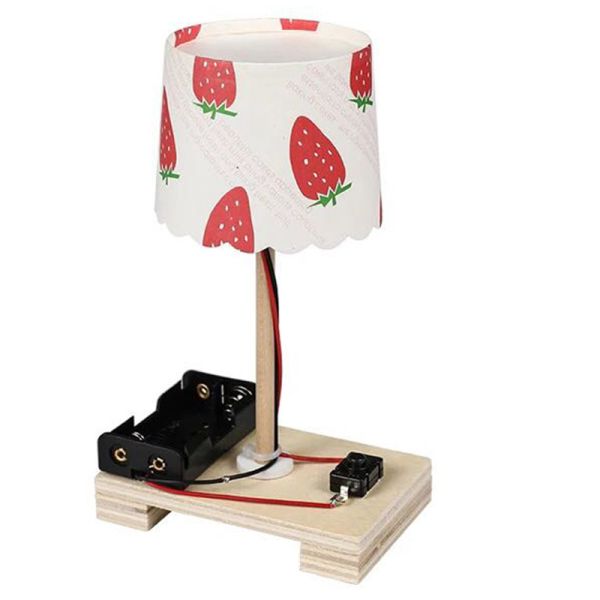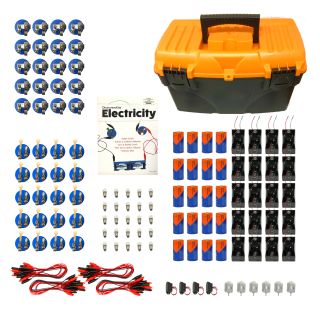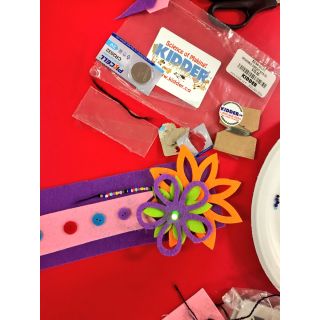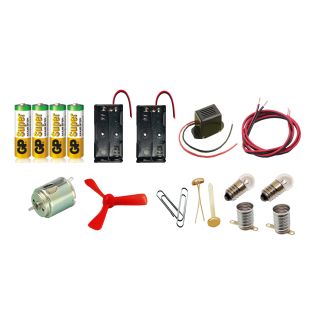All Categories
DIY Lamp Kit - Cat# 80-50-W045
In stock
SKU
80-50-W045
CA$6.75
- Buy 2 for CA$6.20 each and save 8%
- Buy 6 for CA$5.65 each and save 16%
Light Up Learning — The DIY Lamp STEM Kit
Empower your students to explore electricity in a tangible, creative way. The DIY Lamp Kit gives them all the parts to build a simple lamp while grasping the fundamentals of circuits, energy, and design.
What’s in the Kit & How It Operates
This kit includes:
Base board, wood blocks, and support stick
Wires with connectors
Battery holder (for power supply)
Switch to control the light
Bulb, foam, paper cup (as lamp shade), double-sided tape, cable tie
When assembled, the battery provides electrical energy, which flows through the wires and switch to the bulb. The bulb glows as electrical energy is converted into light (and a bit of heat). The switch allows students to break or complete the circuit, turning the lamp on or off.
STEM Concepts in Action
Building this lamp offers multiple entry points into important STEM ideas:
| STEM Area | Key Concepts | Classroom Opportunities |
|---|---|---|
Electricity & Circuits | Series circuits, circuit continuity, roles of switches, voltage and current | Students wire components in series, add/removes switches, test what happens when connections are altered |
Energy & Conversion | Chemical → Electrical → Light (and heat) | Compare input battery energy vs. brightness output, discuss inefficiencies |
Design & Engineering | Structural support, component placement, aesthetics (shade design) | Challenge students to improve stability, shade angle, or wire management |
Measurement & Data | Brightness (by eye or light sensor), battery life, resistance | Students can time how long the lamp runs, test with different battery types, or add a sensor to quantify brightness |
Why Teachers Will Love It
Cost-effective, hands-on tool — ideal to distribute across small groups
Quick build, deep learning — fits into a lesson period yet opens rich discussion
Flexible extension opportunities — beginners focus on wiring; advanced students can experiment with different bulbs or shade designs
Supports cross-curricular work — links science (electricity), math, and art/design
Teacher-ready — includes kit description and wiring instructions (see Kidder page)
Classroom Activity Ideas
Circuit exploration: Ask students to break or reroute wires to see how the circuit fails or succeeds
Switch variations: Let students compare different switch types or positions to see how they control current
Shade challenge: Provide materials (paper, fabric, foil) and let students design lamp shades that direct light in useful ways
Brightness lab: Students test with different batteries (e.g. fresh vs partially used) or different bulbs (if available), record brightness levels or duration
Design iteration: Encourage students to redesign supports or use alternate materials to make the lamp sturdier or more stylish
Give your students more than a project—offer them a window into the world of circuits, energy, and design. With the DIY Lamp Kit, they’ll not just see the light—they’ll create it.







